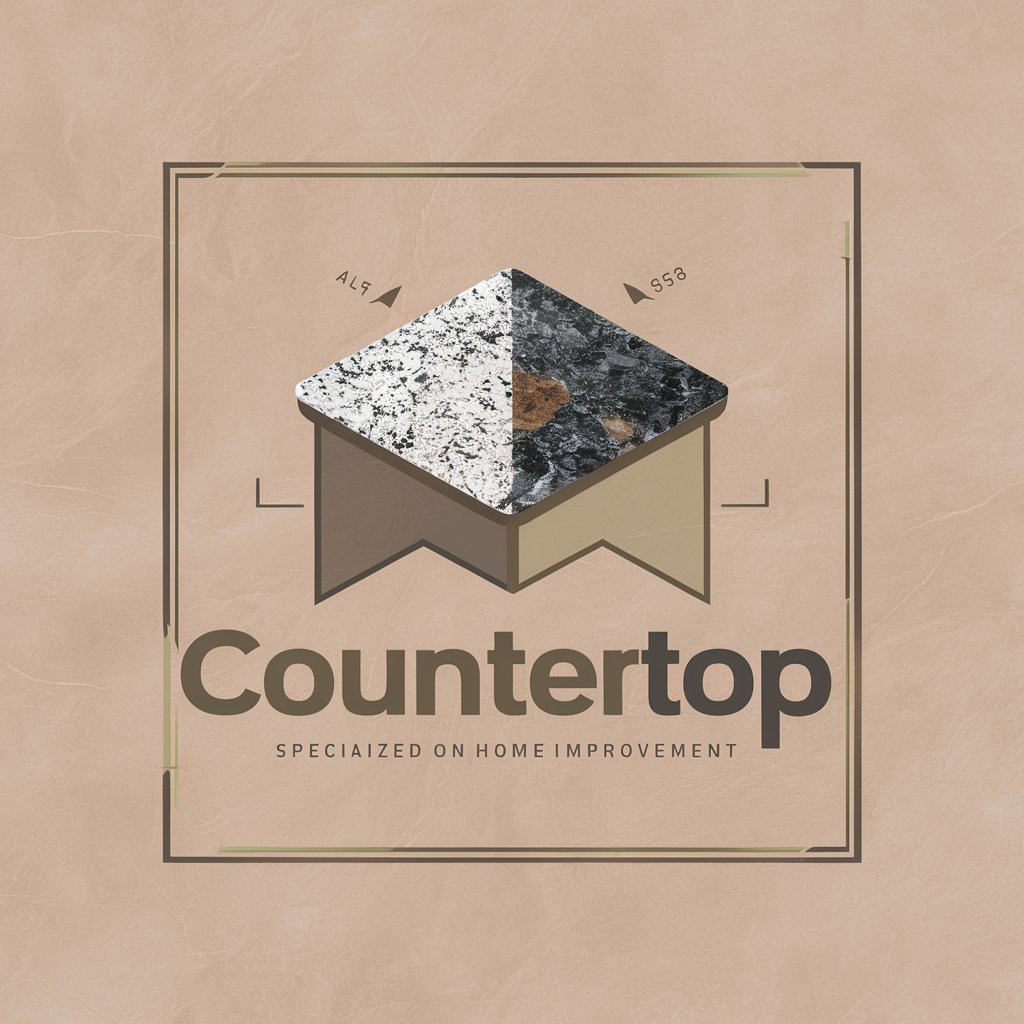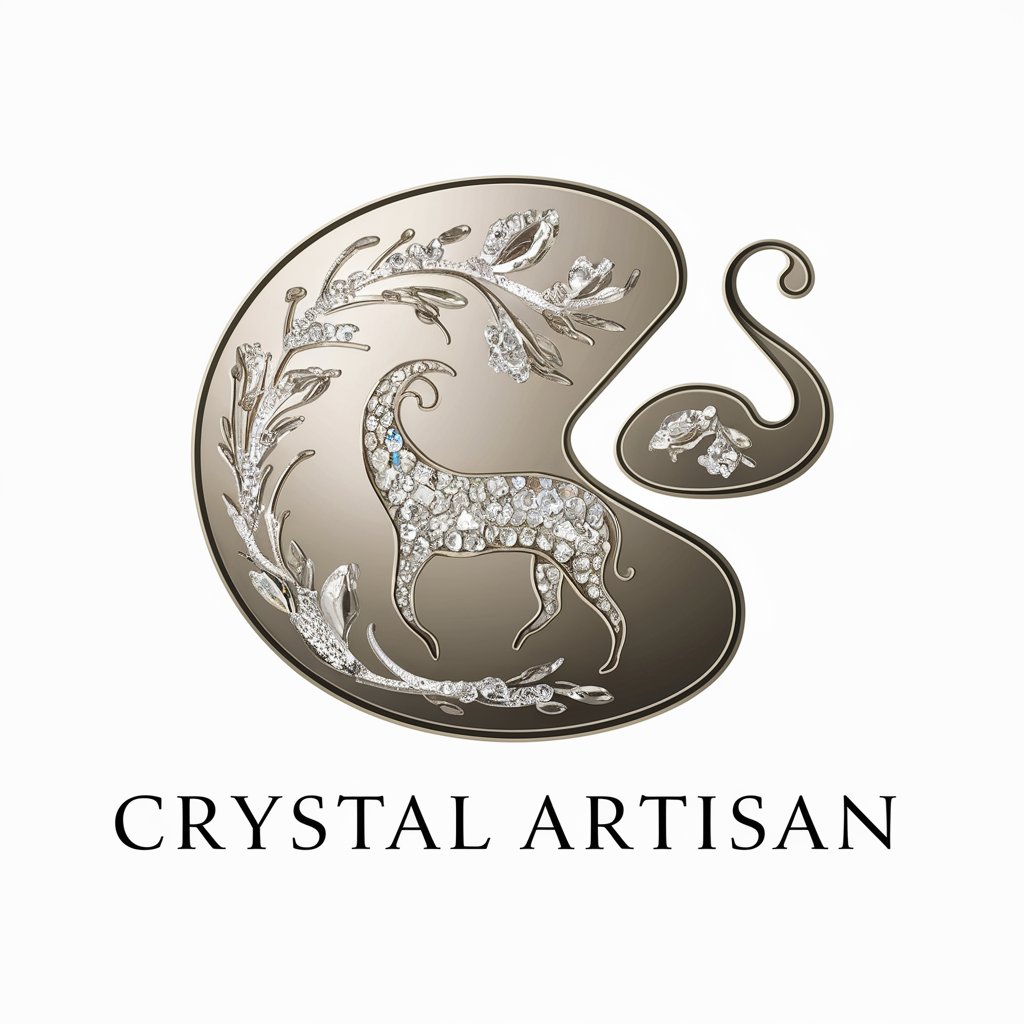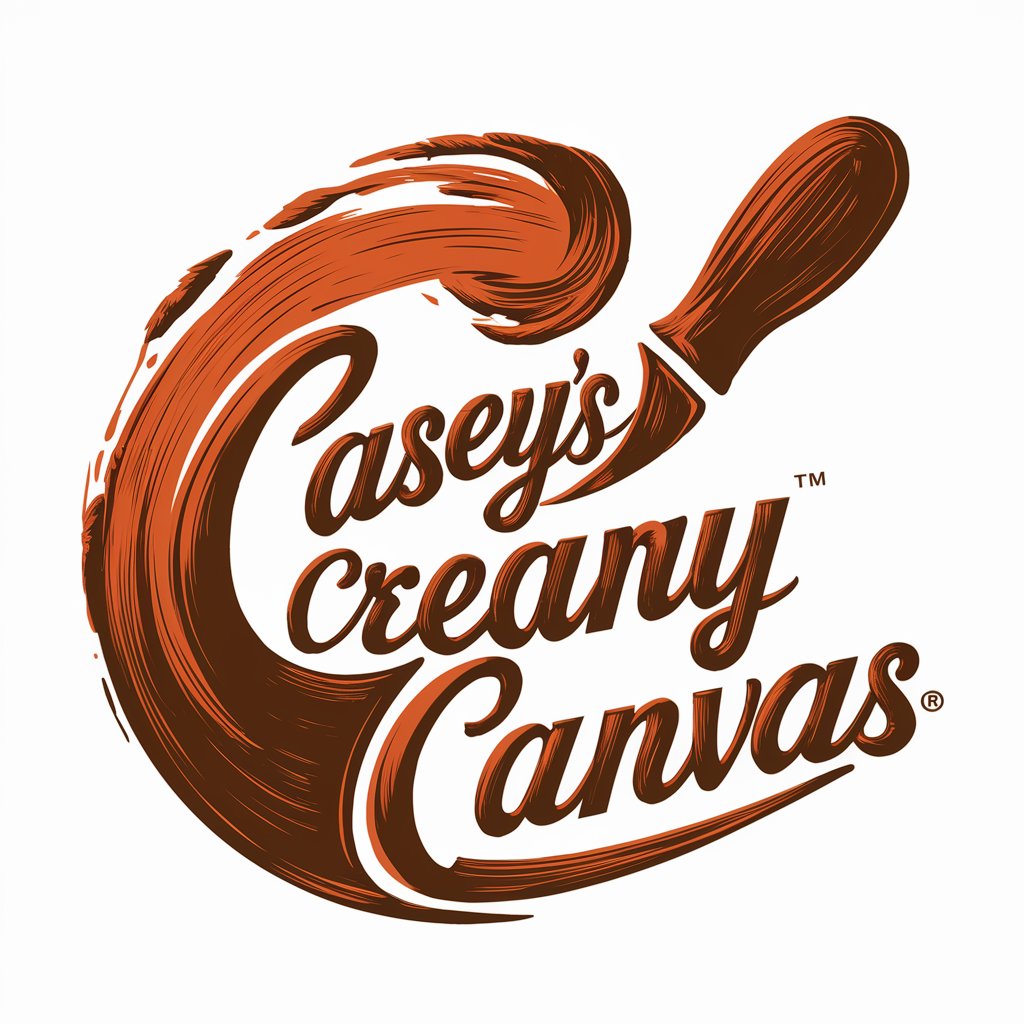
Acrylic - Acrylic Material Guide

Welcome! Let's explore the world of acrylic materials together.
Empowering Creativity with Acrylic Insights
Can you explain the properties of acrylic materials?
What are the most common uses of acrylic in industry?
How does acrylic compare to other plastics in terms of durability?
What are some innovative applications of acrylic in modern design?
Get Embed Code
Introduction to Acrylic
Acrylic, also known by its chemical name polymethyl methacrylate (PMMA), is a transparent thermoplastic often used as a lightweight or shatter-resistant alternative to glass. It is renowned for its clarity, durability, and versatility. Acrylic can be manufactured in sheets, rods, and tubes and can be colored, molded, cut, drilled, and formed, making it ideal for a wide range of applications. Examples of its use include transparent barriers, signage, aquariums, and light fixtures. Acrylic's design purpose revolves around providing a material that combines aesthetic appeal with functional durability. For instance, its use in aquariums illustrates its clarity and strength, offering a clear view of marine life while resisting the pressure of the contained water. Powered by ChatGPT-4o。

Main Functions of Acrylic
Optical Clarity
Example
Aquariums and barriers
Scenario
In aquariums, acrylic's optical clarity allows visitors to view marine life without distortion. Similarly, in retail, acrylic barriers provide safety without sacrificing visibility.
Weather Resistance
Example
Outdoor signage and skylights
Scenario
Acrylic is used for outdoor signs due to its resistance to weathering and UV light, maintaining clarity and color over time. Skylights made from acrylic bring natural light indoors while withstanding the elements.
Moldability
Example
Custom light fixtures and automotive tail lights
Scenario
The ability of acrylic to be heated and molded into complex shapes makes it ideal for manufacturing custom light fixtures and sleek, aerodynamic automotive tail lights.
Ideal Users of Acrylic Services
Designers and Architects
Professionals in design and architecture benefit from acrylic's versatility and aesthetics for creating visually appealing, functional spaces. Its ability to be custom-shaped and its optical clarity make it a favored material for innovative furniture, installations, and structural elements.
Manufacturers and Fabricators
These users leverage acrylic for its moldability, strength, and clarity in products ranging from automotive parts to medical devices. The material's ease of fabrication and durability are key assets for producing high-quality, long-lasting goods.

Using Acrylic: A Step-by-Step Guide
Initiate Free Trial
Start by visiting a designated platform offering a free trial without the need for login credentials, ensuring an accessible and straightforward entry point to explore its capabilities.
Familiarize with Materials
Review available resources and tutorials specific to acrylics to understand its properties, handling, and safety measures for effective use.
Plan Your Project
Identify your project's requirements, including dimensions, thickness, and the type of acrylic material best suited for your application, considering factors such as transparency, color, and resistance.
Prepare and Cut Material
Using appropriate tools (e.g., laser cutter, jigsaw), carefully measure and cut the acrylic sheets according to your project's specifications, ensuring clean edges and accurate sizes.
Assemble and Finish
Assemble your project using suitable adhesives or hardware for acrylics, and apply finishing touches such as polishing edges for a professional appearance. Test the assembly for stability and functionality.
Try other advanced and practical GPTs
Indestructible
Exploring the Frontier of Durability

Table
Expert Table Selection Made Simple

Countertop
Designing your space, powered by AI

Sales Writer
Elevate Your Sales with AI

math lesson
Empowering learning through AI-driven math lessons

Expert Secondary Math Educator
Elevating Math Education with AI

Sheets
Elevate Your Sleep with AI-Powered Sheet Insights

Pans
Master Your Pans with AI-Powered Guidance

Protein Smoothie Barista
Blend Nutrition with AI

Recipe Finder
Discover Culinary Adventures with AI

Her Pony | Head of Marketing
Empowering Fashion Marketing with AI

Photo Psychic | Mind Reader 🧠
Deciphering thoughts through AI, playfully.

Acrylic FAQs: Insights and Applications
What are the key properties of acrylic?
Acrylic is known for its strength, clarity, and resistance to UV light and weathering. It's lighter than glass but significantly more impact-resistant, making it an ideal choice for a wide range of applications.
Can acrylic be used outdoors?
Yes, acrylic is highly suitable for outdoor use due to its UV resistance and weatherability. It doesn't yellow over time like some plastics and maintains clarity and strength even under prolonged exposure to the elements.
How is acrylic cut and shaped?
Acrylic can be cut using various tools, including laser cutters, jigsaws, and band saws. It can be shaped through heat bending, where the material is heated to a pliable state and then formed into the desired shape.
Are there different types of acrylic?
Absolutely, acrylic comes in several forms, including extruded and cast varieties, each with unique properties. Extruded acrylic is less expensive and easier to cut, while cast acrylic offers greater strength and clarity.
How do I care for and clean acrylic?
Acrylic should be cleaned with a soft cloth and a mild soap or detergent solution. Abrasive cleaners or scouring pads should be avoided as they can scratch the surface. For scratch removal, special acrylic polishing compounds can be used.




